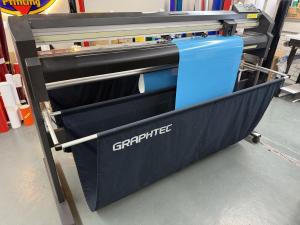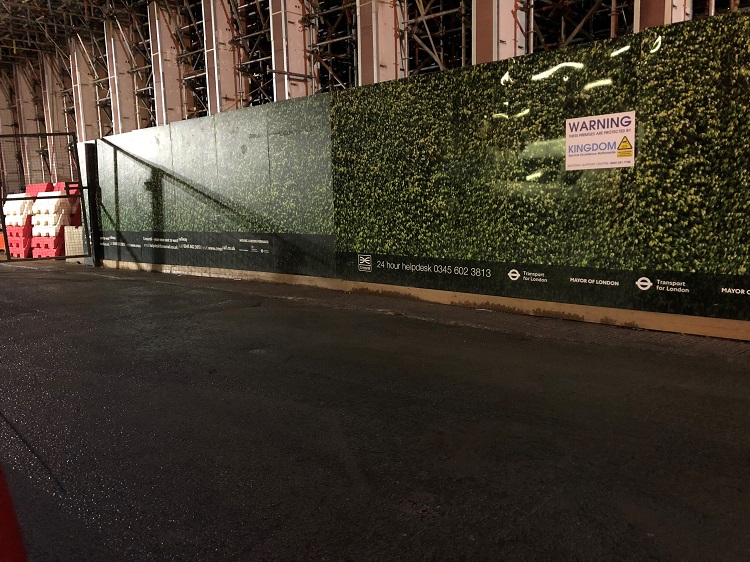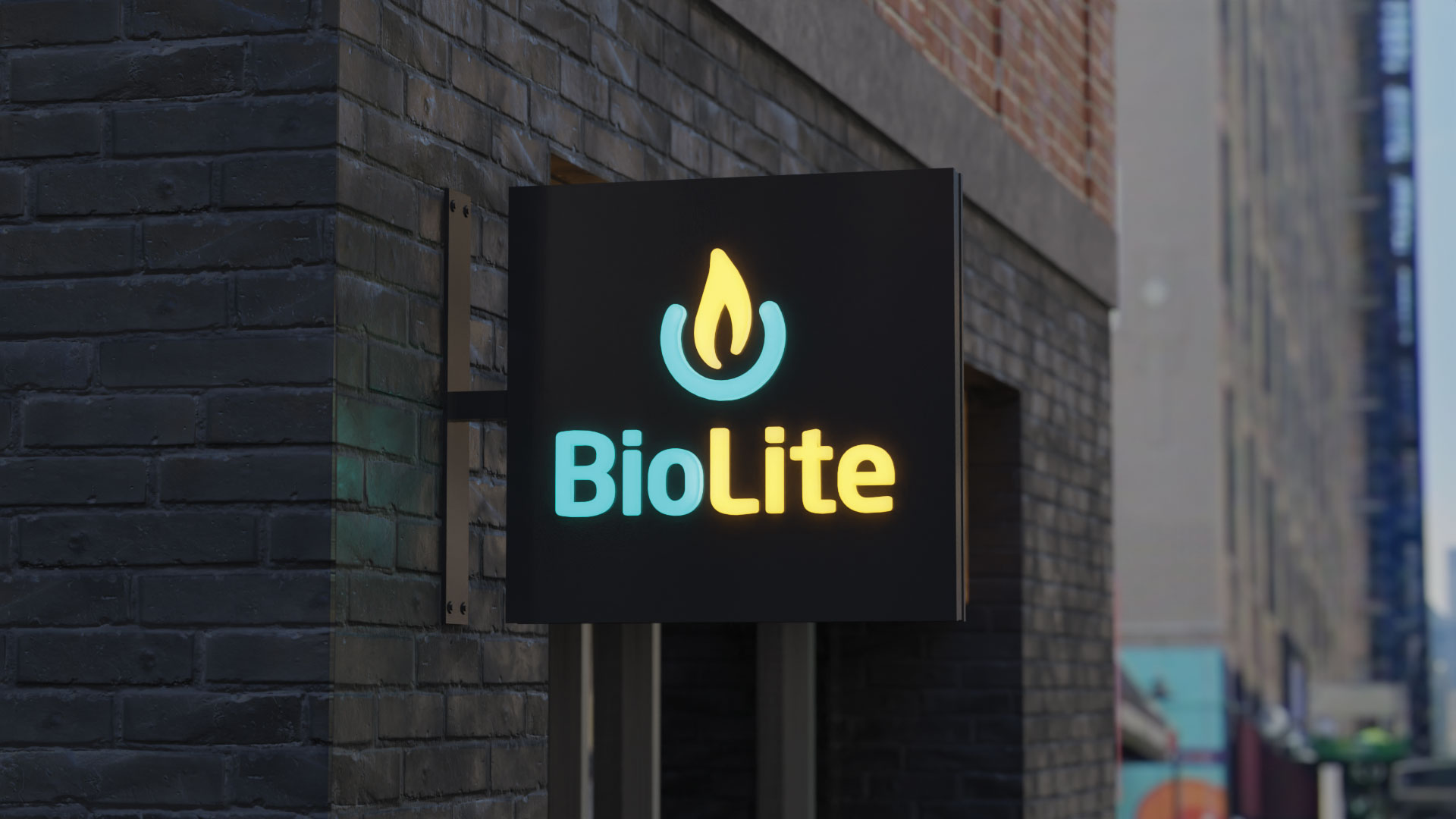Tech Advances in OOH Advertising

Audience segmentation and measurement
Traditionally, advertisers buying real-world screens were able to target audiences based on screen location. Audience measurement in OOH has historically been focused on estimating impression counts through auditing firms such as Geopath and Nielsen, or through Transport Canada’s reports. Today, audience measurement uses mobile-phone location data, which is focused on a different goal: measuring audience composition in terms of consumer behaviours and interests for devices that travel past or dwell near OOH displays.
Sensor analytics companies such as Linkett, AdMobilize, and Quividi provide audience counting with some additional insights collected locally at the OOH display itself. With cameras and Wi-Fi-based detection, audience segments are primarily focused on basic demographics like age, gender, and a few other attributes.
In contrast, mobile-phone location data unlocks more possibilities for audience segmentation. But how does it really work? How are anonymous location pings converted into insights about audience?
Location analytics specialists, such as PlaceIQ, analyze data from mobile devices, sourced via industry-standard device identifications (IDs) known as identifier for advertisers (IDFA) on Apple devices and Android device IDs that are, by definition, anonymized to protect the privacy of users. Further, PlaceIQ only uses the information collected after an opt-in by users.
The location pings come from a few sources: software developer kits (SDKs), which are plug-ins added to existing apps that analyze location and digital ad-bidding data from networks, often referred to as the ‘bid stream.’ The information then goes through a thorough cleansing process.

Once the data is cleaned, the location pings are mapped to known places, commonly referred to as places of interest (POI). These places are critical ingredients to building out audience segments, as they provide useful information about consumers’ behaviours and interests. For example, if a device’s location is recorded at a coffee shop, it can belong to a potential coffee drinker. If the position is logged at a gym, the user could be a gym-goer. By categorizing this data, visits can be segmented based on brands, different types of businesses, purchase intent, and more. This is where raw location data becomes insightful.
The final piece of the puzzle is defining the exposure area around a billboard or indoor OOH display so audiences can be linked to them. The most common ways to define this space are:
- Take the latitude and longitude epicentre of the location and build a radius around it;
- Draw a polygon on a map to represent the boundaries of a building; or
- Create a cone of exposure for a roadside billboard display.






